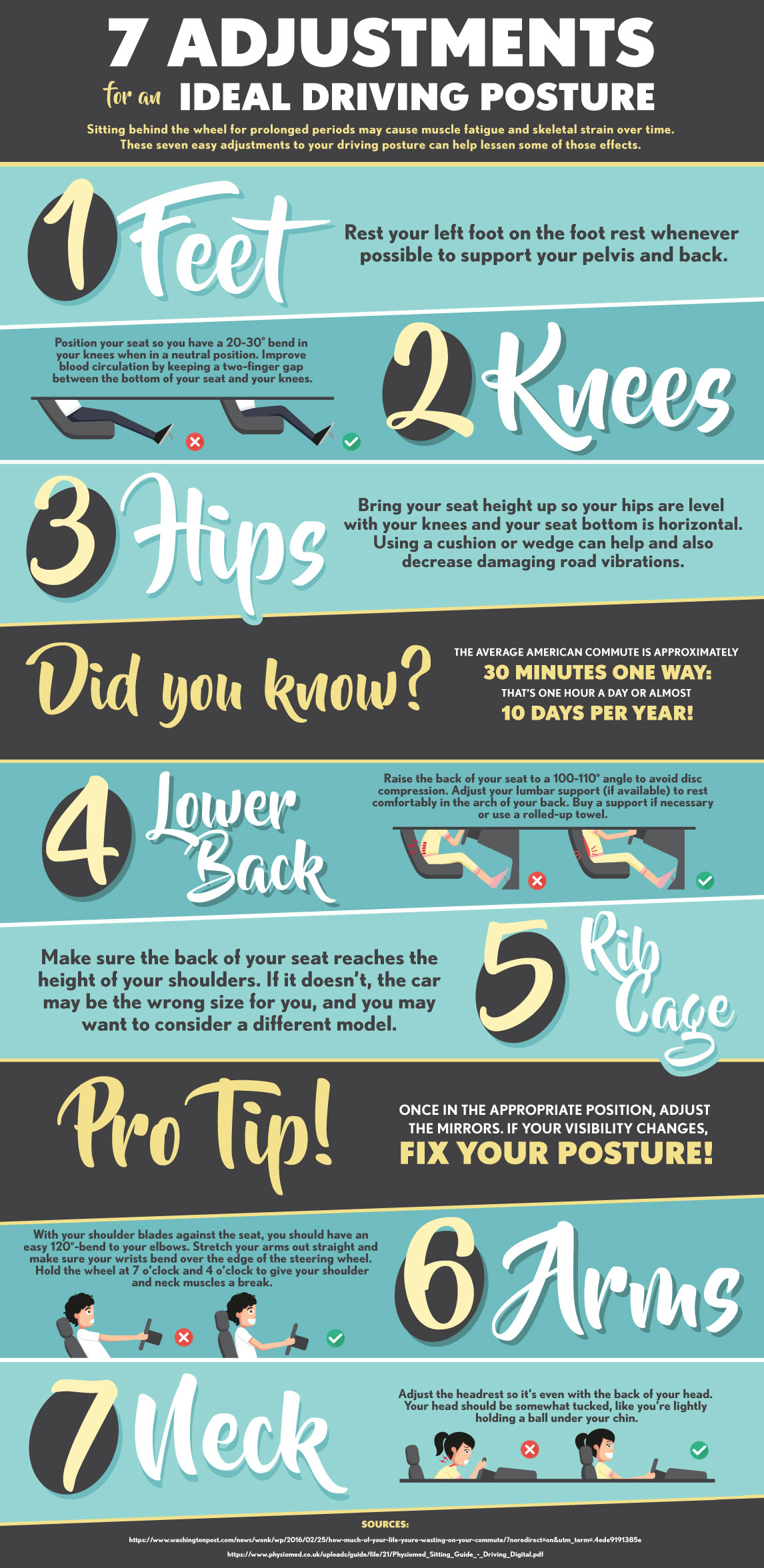The Link Between Pose And Pain In The Back: Ways To Guarantee Correct Placement All Day
The Link Between Pose And Pain In The Back: Ways To Guarantee Correct Placement All Day
Blog Article
Article By-House Bennett
Preserving proper position isn't practically sitting up right; it's about straightening your body in a way that sustains your spine and decreases the threat of neck and back pain. The way you sit, stand, and move throughout the day can substantially affect your spine health. But just how exactly can you ensure good alignment regularly, even during hectic days filled with various tasks? Let's delve deeper into the refined yet impactful modifications you can make to your everyday routine to keep your back happy and healthy and balanced.
Significance of Correct Stance
Appropriate position is critical in maintaining a healthy and balanced back and stopping discomfort. When you rest or stand with great position, your spine remains in placement, lowering pressure on your muscle mass, ligaments, and joints. This alignment enables the body to distribute weight equally, protecting against excessive anxiety on certain areas that can bring about pain and discomfort. By keeping your spine correctly lined up, you can additionally boost your breathing and digestion, as slouching can compress organs and limit their capability.
In addition, keeping excellent position can improve your overall appearance and self-esteem. When chiropractic care for kids stand tall with your shoulders back and head held high, you emanate self-confidence and appear even more approachable. Excellent posture can also make you feel extra energized and sharp, as it advertises appropriate blood circulation and allows your muscular tissues to work successfully.
Integrating appropriate stance into your everyday routine, whether resting at a workdesk, walking, or exercising, is essential for preventing pain in the back and promoting general health. Bear in mind, a little adjustment in exactly how you hold on your own can make a considerable distinction in just how you really feel and function throughout the day.
Common Postural Mistakes
When it concerns keeping good stance, lots of people unwittingly make common mistakes that can contribute to pain in the back and discomfort. Among the most common errors is slumping over or hunching over while resting or standing. This placement places too much strain on the spinal column and can cause muscle mass inequalities and pain over time.
Another usual blunder is overarching the lower back, which can flatten the all-natural contour of the spine and create pain. Additionally, crossing legs while sitting may feel comfy, but it can create an inequality in the hips and hips, causing postural problems.
Using a pillow that's also soft or too firm while sleeping can also impact your alignment and contribute to back pain. Lastly, constantly craning your neck to consider screens or readjusting your placement often can strain the neck and shoulders. Bearing in physical therapy austin can help you preserve far better alignment and reduce the danger of pain in the back.
Tips for Correcting Alignment
To boost your alignment and lower back pain, it's necessary to concentrate on making small adjustments throughout your day-to-day routine. Beginning by being mindful of your pose. When resting, ensure your feet are flat on the flooring, your back is straight, and your shoulders are kicked back. Stay clear of slouching or leaning to one side. Usage ergonomic chairs or cushions to sustain your lower back.
When standing, disperse your weight uniformly on both feet, keep your knees somewhat bent, and tuck in your pelvis. Engage your core muscles to support your spine. Take https://www.chiroeco.com/encourage-patients-to-keep-moving-in-october-during-national-chiropractic-health-month/ to stretch and walk if you have a sedentary work. Integrate workouts that strengthen your core and back muscular tissues, such as planks or bridges.
While sleeping, use a cushion that sustains the natural contour of your neck to keep proper back alignment. Stay clear of sleeping on your stomach, as it can stress your neck and back. By bearing in mind these suggestions and making small changes, you can slowly fix your positioning and reduce neck and back pain.
Conclusion
Remember, keeping excellent position is crucial to preventing neck and back pain and advertising spine wellness. By bearing in mind your positioning, dispersing weight uniformly, and engaging your core muscular tissues, you can decrease pressure on your back and lessen the danger of discomfort and injury. Integrate ergonomic assistance, take routine breaks to extend, and enhance your core and back muscles to keep appropriate positioning throughout the day. Your back will certainly thank you for it!
